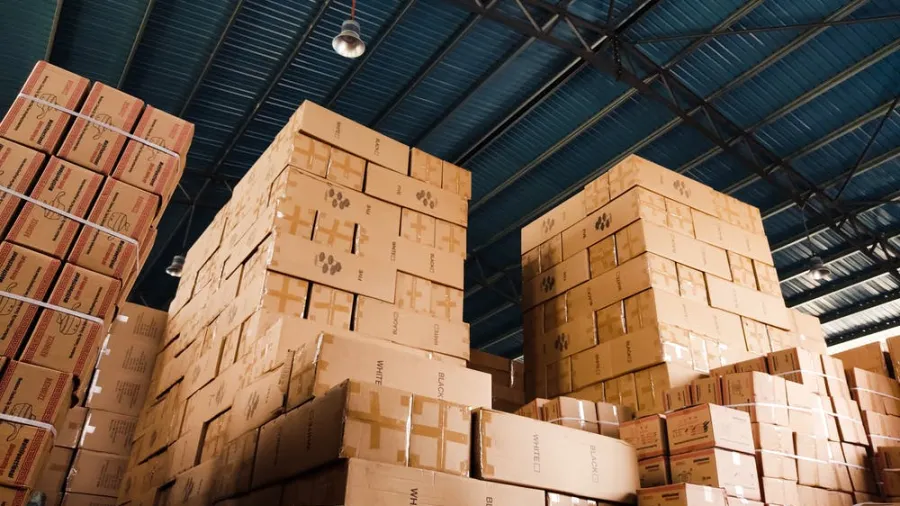
Tokyo industrial vacancy rises for the tenth consecutive quarter
The vacancy rate hit 6.2% in the first half of the year.
Savills reports that some difficulties persist in the Greater Tokyo market’s logistics property market, largely stemming from the notable expansion in the number of new developments; supply in Greater Tokyo was elevated in 2022 and looks to reach even greater levels in 2023.
The market appears to be struggling somewhat with fully absorbing this new supply, and the gap between supply and demand has widened further.
Here’s more from Savills:
Consequently, vacancy loosened for the tenth consecutive quarter, increasing 3.0 percentage points (ppts) year-on-year (YoY), to 6.2% in 1H/2023. Meanwhile, asking rents experienced a moderate contraction at 3.4% YoY, to JPY4,520, although they increased by 0.2% HoH.
In the Greater Tokyo area, prospects depend largely on the location. Looking at vacancy by prefecture, Ibaraki exceeds 20%, and Kanagawa also demonstrates relatively high levels of vacancy at 8%. Meanwhile, Saitama appears to have only moderate levels of vacancy at 5%, while both Chiba and Tokyo are performing comparatively well at slightly over 3%.
The extension of the Ken-O expressway has expanded the number of areas with potential for developing logistics facilities in Ibaraki, and a development boom appears to have contributed to destabilising the balance between supply and demand.
Meanwhile, in Saitama and Kanagawa, new logistics developments have largely concentrated around the Ken-O expressway, which has also led to some softening in these markets. It is highly likely that some bifurcation will continue depending on the area as the rental markets continue on a lukewarm trend.
The market for general-purpose, multitenant logistics facilities appears to have slowed down due to the large amount of supply that makes it more difficult for such properties to stand out amongst the competition. As a result, rental increments have paused, and some facilities appear to have had more challenges in securing tenants.
At the same time, logistics facilities that are in good locations and that have advantageous features such as cold storage capabilities have continued to perform well, suggesting that some bifurcation will persist in the market. Indeed, despite the mild contraction in rents overall, prime logistics facilities have continued to enjoy rental growth, supporting this statement.
The relatively stable performance of the Greater Osaka market has continued in 2023. Indeed, demand among tenants remains firm, and new completions were somewhat limited in recent years. As such, vacancy rates only saw a slight increase of 0.3ppts YoY, to 2.6%. Indeed, most new developments have been uneventfully absorbed by the market, demonstrating the relatively tight balance between supply and demand.
Average asking rents in Greater Osaka contracted by 5.4% YoY to JPY4,180 per tsubo, although rents remain comfortably higher than two years ago. A significant uptick in supply is forecast over the coming years, which may result in some further loosening of vacancy rates, and some downward pressure on rents going forward.
For instance, the expansion of the ShinMeishin Expressway between Otsu and Takatsuki, which is slated for completion in 2024, will create access to more areas for developing logistics facilities, which could exacerbate competition for tenants and cause some fluctuations in the Greater Osaka market.



















 Advertise
Advertise




